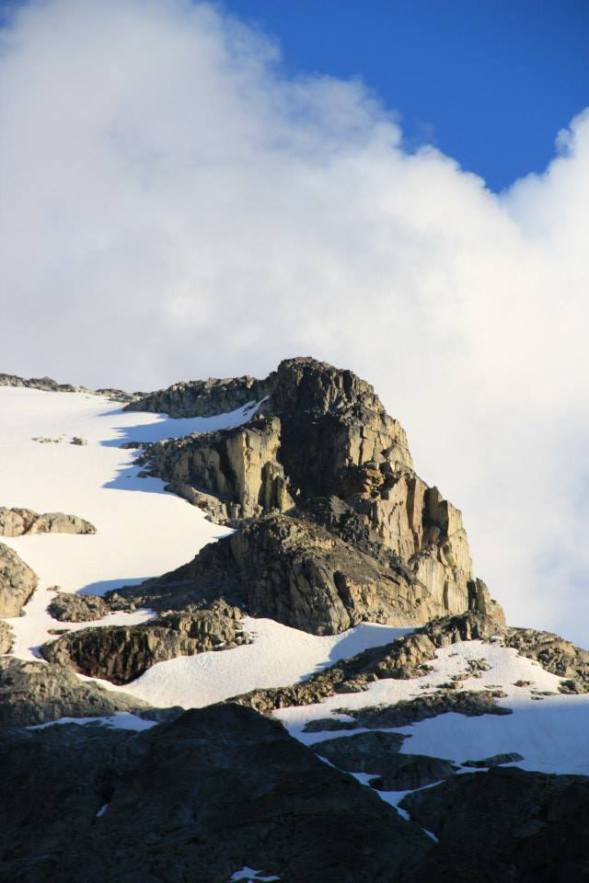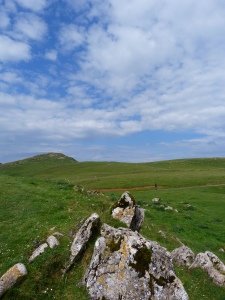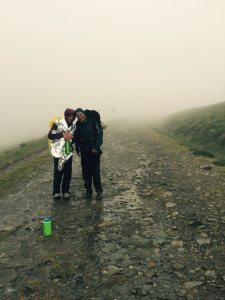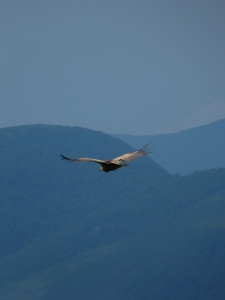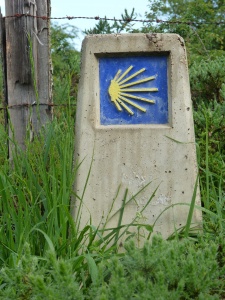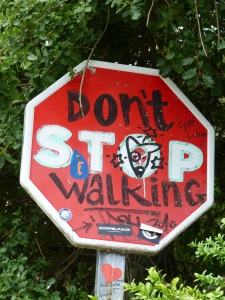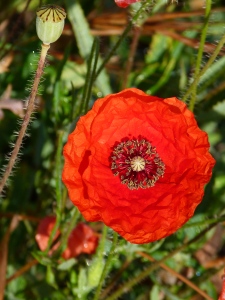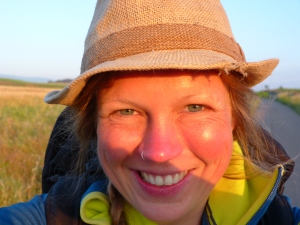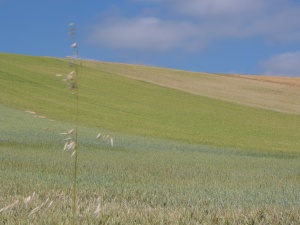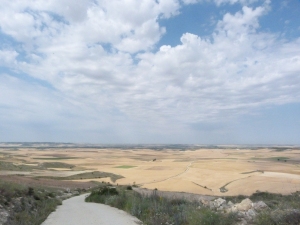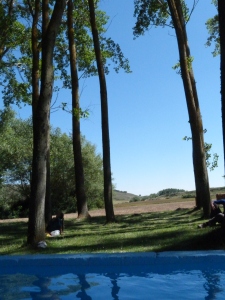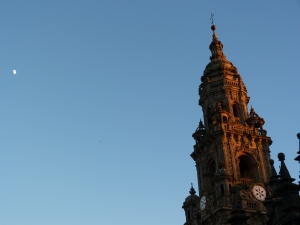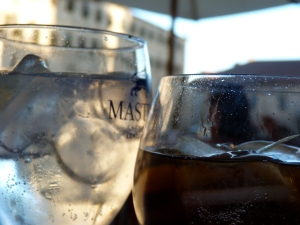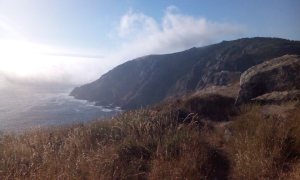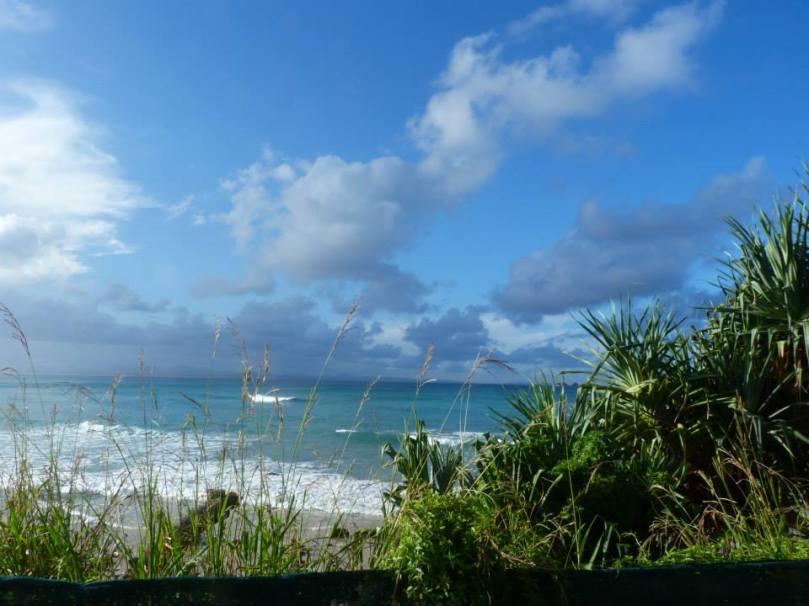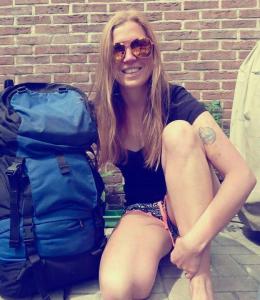Winter season means playing in the snow and challenging body and mind. Especially the body when it comes to high elevations and therefore also some changes in the metabolism. To keep it fun, but also safe, remember a few things next time you are in the mountains:
What is Altitude Sickness, also known as Acute Mountain Sickness (AMS)? What are the causes?
High altitude can have some pathological effects on humans which is caused by an acute exposure to low partial pressure of oxygen in those elevations.
Usually it occurs above 2,400 meters (8,000 feet), whereas physical reactions can be different in each person. However, most people can ascend to 2,400 meters without difficulty.
The available amount of oxygen in the high mountains is so much less though. The ability to sustain mental and physical alertness decreases constantly with altitude.
How this shortage of oxygen actually leads to altitude sickness is still not fully understood
But a few factors may contribute to an onset and severity of AMC. Such as dehydration due the increased rate of water vapor lost from the lungs, as well as the rate of ascent, altitude attained, amount of physical activity at high altitude, and individual susceptibility.
Signs and symptoms
People show different reactions towards high altitudes. For some otherwise healthy people, first symptoms can begin to appear at around 2000 meters (6,5000 feet) above sea level, such as at many mountain ski resorts.
It presents as a collection of non-specific symptoms which can be flu like or feel similar to a really bad hangover.
Symptoms often manifest themselves six to ten hours after ascent and generally subside in one to two days, but they occasionally develop into the more serious conditions. Exertion aggravates the symptoms.
Primary symptoms
Headaches are the primary symptom used to diagnose altitude sickness, although a headache is also a symptom of dehydration. A headache occurring at an altitude above 2,400 meters (8,000 feet), combined with any one or more of the following symptoms, may indicate that you suffer from altitude sickness:
* Lack of appetite, nausea, or vomiting
* Fatigue or weakness
* Dizziness or light-headedness
* Insomnia
* Pins and needles
* Shortness of breath upon exertion
* Nosebleed
* Persistent rapid pulse
* Drowsiness
* Excessive flatulation
* General malaise
* Peripheral edema (swelling of hands, feet, and face)
Severe symptoms
Symptoms that may indicate life-threatening altitude sickness include:
* Pulmonary edema (fluid in the lungs)
* Symptoms similar to bronchitis
* Persistent dry cough
* Fever
* Shortness of breath even when resting
* Cerebral edema (swelling of the brain)
* Headache that does not respond to analgesics
* Unsteady gait
* Gradual loss of consciousness
* Increased nausea
* Retinal hemorrhage
The most serious symptoms of altitude sickness arise from edema (fluid accumulation in the tissues of the body). At very high altitude, humans can get either high altitude pulmonary edema (HAPE), or high altitude cerebral edema (HACE).
HAPE can progress rapidly and is often fatal. HACE is a life-threatening condition that can lead to coma or death. Both require immediate treatment by professionally trained persons.
First aid/ Treatment
The only reliable treatment and in many cases the only option available is to descend. Attempts to treat or stabilize the person where he or she might be, are dangerous at high altitude, unless highly controlled and with good medical facilities.
So it is better to prevent acute mountain sickness than to try to treat it.
Following the golden rules should mean that your body can acclimatize as you ascend, which also includes ascending slowly and so you will be less likely to develop acute mountain sickness.
However, if you need to go up more quickly, you could consider taking a drug called Acetazolamide (also known as Diamox). Acetazolamide reduces symptoms of acute mountain sickness in trekkers, although it does have some unusual side-effects: it makes your hands and feet tingle, and it makes fizzy drinks taste funny.
Painkillers may ease the headache, but they don’t treat the condition. Acetazolamide may be helpful, especially if you need to stay at the same altitude, and resting for a day or two might give your body time to recover. It is essential that you should NEVER go up higher if you have acute mountain sickness.
Prevention
Go up slowly, take it easy, and give your body time to get used to the altitude. The body has a great ability to acclimatize to altitude, but therefore it needs time.
For instance, it takes about a week to adapt to an altitude of 5000 meters (16,404 feet).
Optimise your hydration and try to maintain a constant fluid intake. Stay hydrated!
Definitions and some extra knowledge in purely medical terms
High altitude 1,500 to 3,500 metres (4,900 to 11,500 ft): The onset of physiological effects of diminished inspiratory oxygen pressure (PiO2) includes decreased exercise performance and increased ventilation (lower arterial PCO2). Because of the large number of people who ascend rapidly to altitudes between 2,400 and 4,000 m, high-altitude illness is common in this range.[8]
Very high altitude 3,500 to 5,500 metres (11,500 to 18,000 ft): Maximum Saturation falls below 90% as the arterial PO2 falls below 60mmHg. Extreme hypoxemia may occur during exercise, during sleep, and in the presence of high altitude pulmonary edema or other acute lung conditions. Severe altitude illness occurs most commonly in this range.
Extreme altitude above 5,500 metres (18,000 ft): Marked hypoxemia, hypocapnia, and alkalosis are characteristic of extreme altitudes. Progressive deterioration of physiologic function eventually outstrips acclimatization. As a result, no permanent human habitation occurs above 6,000 m. A period of acclimatization is necessary when ascending to extreme altitude; abrupt ascent without supplemental oxygen for other than brief exposures invites severe altitude sickness.
Have you suffered from Acute Mountain Sickness before? Or felt otherwise unwell while being in high altitude?
Please feel free you share your story and experiences and write a comment!

